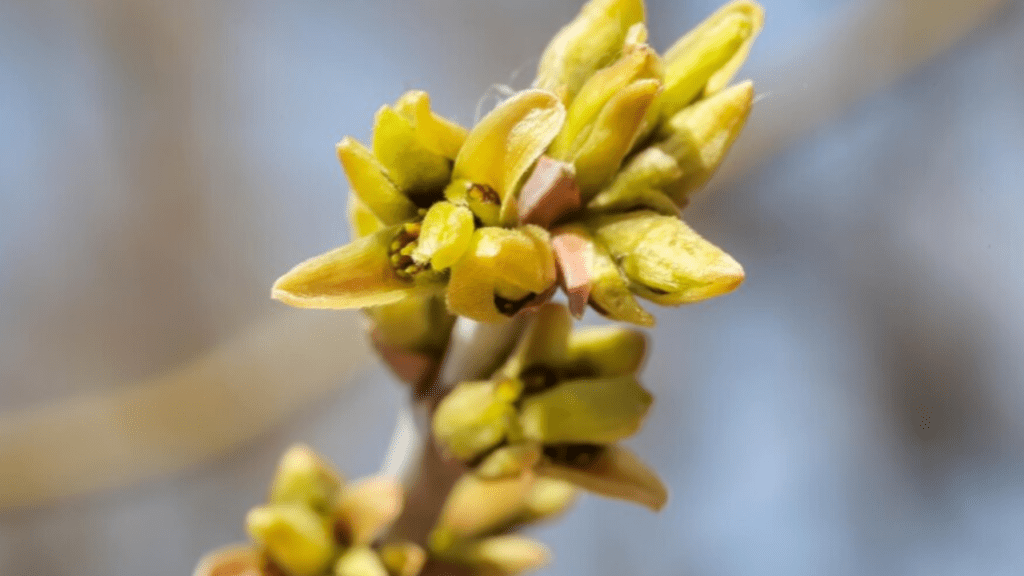
How to Plant and Care for Mullein Plant Seeds
Mullein plant seeds are a fantastic choice for gardeners looking to add a versatile and beneficial plant to their garden. Known for their striking appearance and medicinal properties, mullein plants are easy to grow from seeds, making them accessible to both novice and experienced gardeners. This comprehensive guide will walk you through everything you need to know about growing mullein plant seeds, ensuring your garden flourishes with these unique plants.
Mullein is a versatile and beautiful plant that can add a lovely touch to any garden. Growing mullein from seeds is important to ensure that you have a healthy and thriving plant. To start, you will need to prepare the soil by tilling it and removing any weeds or debris. Once the soil is prepared, you can plant the mullein seeds at a depth of about ¼ inch and space them about 18 to 24 inches apart. It’s important to water the seeds well after planting and to keep the soil consistently moist as the seeds germinate and the plants grow. Mullein plants prefer full sun and well-draining soil, so be sure to choose a sunny spot in your garden for planting. As the plants grow, you can provide support with stakes if needed and prune any dead or damaged leaves. With proper care and attention, you can enjoy the beauty and benefits of mullein in your garden.
The mullein plant is a versatile and beautiful addition to any garden. Growing mullein from seeds is a great way to ensure that you have a healthy and thriving plant. To get started, prepare the soil by tilling it and removing any weeds or debris. Once the soil is ready, plant the mullein seeds at a depth of about ¼ inch and space them about 18 to 24 inches apart. It’s important to water the seeds well after planting and to keep the soil consistently moist as the seeds germinate and the plants grow. Mullein plants thrive in full sun and well-draining soil, so be sure to choose a sunny spot in your garden for planting. As the plants grow, you can provide support with stakes if needed and prune any dead or damaged leaves. With proper care and attention, you can enjoy the beauty and benefits of mullein in your garden.
Table of Contents
ToggleUnderstanding Mullein Plants
Mullein plants are known for their tall, spiky stems and vibrant yellow flowers. They have been used for centuries for their medicinal properties and can be grown in your own garden. Growing mullein from seeds is a great way to ensure that you have a healthy and thriving plant. To get started, prepare the soil by tilling it and removing any weeds or debris. Once the soil is ready, plant the mullein seeds at a depth of about ¼ inch and space them about 18 to 24 inches apart. It’s important to water the seeds well after planting and to keep the soil consistently moist as the seeds germinate and the plants grow. Mullein plants thrive in full sun and well-draining soil, so be sure to choose a sunny spot in your garden for planting. As the plants grow, you can provide support with stakes if needed and prune any dead or damaged leaves. With proper care and attention, you can enjoy the beauty and benefits of mullein in your garden.
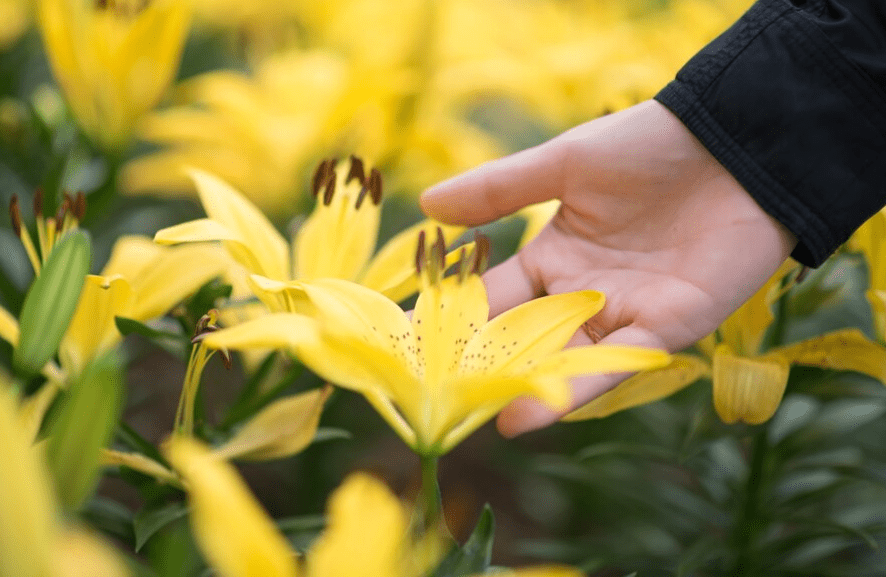
Description of mullein plants (Verbascum species)
Mullein plants, also known as Verbascum, are tall, stately plants that produce beautiful yellow flowers. They are known for their soft, velvety leaves and sturdy stems, making them a striking addition to any garden. These plants are biennials, meaning they have a two-year life cycle, and they can grow up to 6 feet tall. Mullein plants are also known for their medicinal properties, with the leaves and flowers being used in herbal remedies for respiratory issues and skin conditions. In addition to their beauty and medicinal uses, mullein plants also attract beneficial insects to the garden, making them a valuable addition for organic gardening. Overall, mullein plants are a versatile and beneficial addition to any garden, with their striking appearance and potential health benefits.
Historical and medicinal uses of mullein
Mullein has a long history of use in traditional medicine. The leaves and flowers of the mullein plant have been used for centuries to treat respiratory conditions such as coughs, bronchitis, and asthma. The plant has also been used topically to soothe skin irritations and inflammation. Mullein has been used in various cultures around the world, including Native American, European, and Asian traditional medicine. It is often brewed as a tea or made into a tincture to access its medicinal properties. Additionally, mullein has been used historically for its astringent and expectorant properties, making it a popular choice for respiratory health. Its historical uses and continued popularity in herbal medicine make mullein a valuable plant for both medicinal and ornamental purposes in the garden.
Benefits of growing mullein in your garden
Mullein plants offer a variety of benefits for your garden. Their tall, spiky flower spikes add a unique and striking appearance to any garden landscape. Additionally, mullein plants are known to attract beneficial insects such as bees and butterflies, making them a valuable addition for organic gardening. In terms of medicinal uses, mullein has a long history of traditional use in treating respiratory conditions and skin irritations. This makes it a versatile and beneficial addition to any garden, offering both aesthetic appeal and potential health benefits.
Choosing the Right Mullein Plant Seeds
Varieties of mullein plants
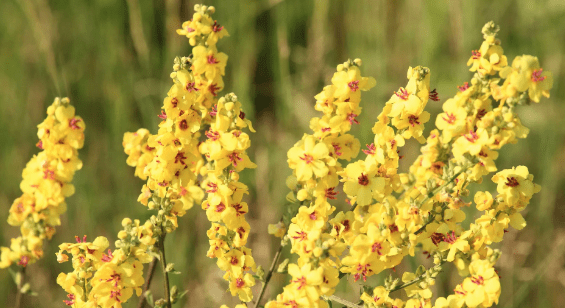
There are several varieties of mullein plants to choose from, each with its own unique characteristics. Common mullein (Verbascum thapsus) is the most well-known variety, featuring tall flower spikes and soft, fuzzy leaves. There is also purple mullein (Verbascum phoeniceum) with vibrant purple flowers, and moth mullein (Verbascum blattaria) which has delicate white flowers and a more compact growth habit. When selecting mullein plant seeds, consider the specific qualities you are looking for in your garden, such as flower color, height, and overall appearance. You can find a variety of mullein seeds at your local garden center or through online seed suppliers.
Selecting high-quality seeds
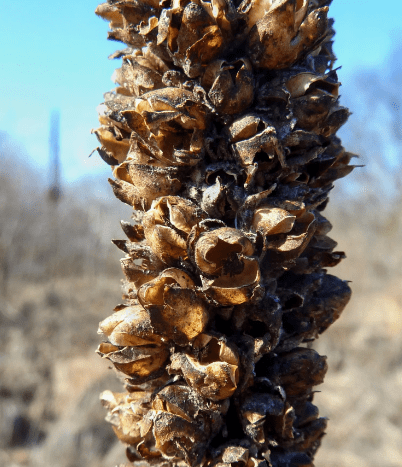
is essential to ensure successful germination and healthy plant growth. Look for seeds that are plump, firm, and free from damage or discoloration. It’s also a good idea to choose seeds from a reputable supplier to ensure that they are fresh and viable. When purchasing mullein seeds, check the packaging for information on the plant’s growing requirements, such as sunlight, soil type, and water needs, to ensure that you are selecting the right variety for your garden. By choosing high-quality seeds and the right variety of mullein plants, you can enjoy the beauty and potential health benefits that these unique plants offer.
Where to buy mullein plant seeds
You can find a variety of mullein seeds at your local garden center or through online seed suppliers. When selecting seeds, make sure they are high-quality, plump, firm, and free from damage or discoloration. It’s also important to choose seeds from a reputable supplier to ensure they are fresh and viable. Check the packaging for information on the plant’s growing requirements, such as sunlight, soil type, and water needs, to ensure you are selecting the right variety for your garden. By choosing high-quality seeds and the right variety of mullein plants, you can enjoy the beauty and potential health benefits that these unique plants offer.
Preparing for Planting Mullein Plant Seeds
Ideal soil conditions and preparation
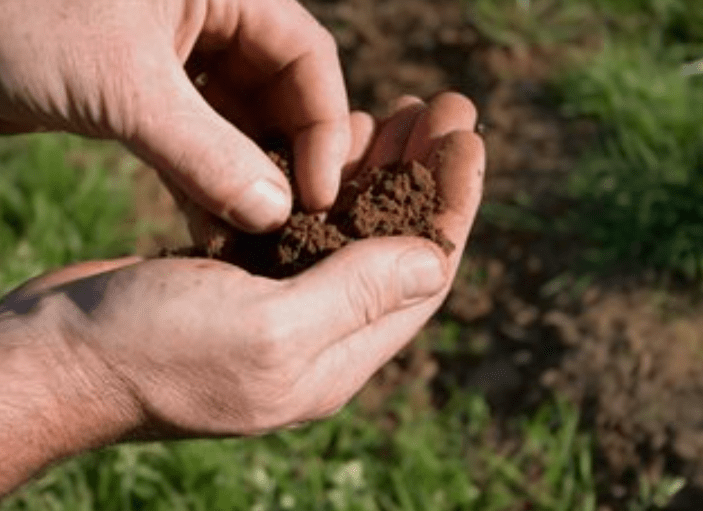
are essential for the successful growth of mullein plants. Mullein plants thrive in well-drained, sandy or loamy soil with a neutral to slightly acidic pH level. It’s important to prepare the soil by removing any weeds, rocks, or debris and then loosening the soil to a depth of about 12 inches. Adding organic matter, such as compost or aged manure, can help improve the soil structure and provide essential nutrients for the plants. Once the soil is prepared, create small furrows in the soil and plant the mullein seeds about 18 inches apart. Lightly cover the seeds with soil and water gently. With the right soil conditions and preparation, your mullein plants will have the best chance of thriving and producing beautiful flowers.
Choosing the right location (sunlight and space requirements)
is crucial for the successful growth of mullein plants. These plants thrive in full sunlight, so it’s important to choose a location in your garden that receives at least 6-8 hours of direct sunlight each day. Mullein plants also require space to grow, as they can reach heights of up to 6 feet and have a spread of 2-3 feet. Make sure to plant them in an area where they have plenty of room to grow and won’t be crowded by other plants. Additionally, consider the surrounding environment, as mullein plants can attract butterflies and bees, so planting them near other pollinator-friendly plants can create a beautiful and beneficial garden space. By carefully selecting the right location for your mullein plants, you can ensure that they receive the sunlight and space they need to thrive and produce their unique and beautiful flowers.
Tools and materials needed for planting
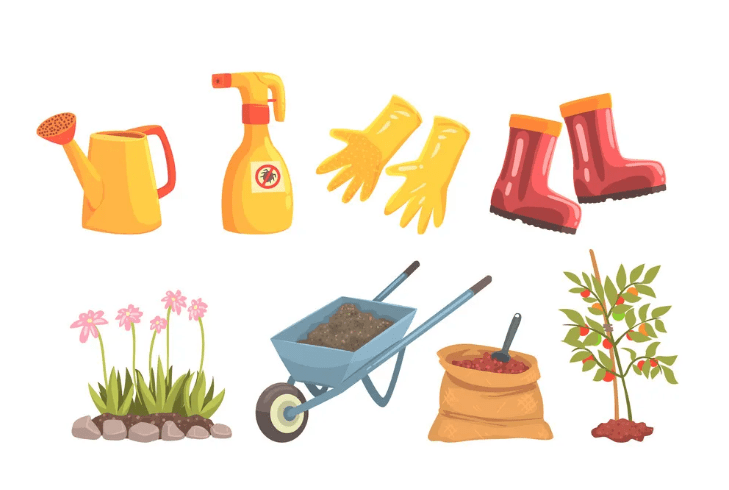
Mullein plants include garden gloves, a trowel or shovel for digging, a watering can or hose for watering, and organic mulch to help retain moisture and suppress weed growth. Additionally, you may want to consider using a soil test kit to check the pH and nutrient levels of the soil in your chosen planting location. This will help you determine if any soil amendments are needed to create the ideal growing conditions for your mullein plants. Lastly, consider using stakes or cages to support the tall stems of the mullein plants as they grow. By having the right tools and materials on hand, you can ensure that the planting process goes smoothly and that your mullein plants have the best chance of thriving.
How to Plant Mullein Plant Seeds
Step-by-step guide to sowing seeds indoors
- Start by filling a seed tray or small pots with a well-draining potting mix. Make sure the soil is moist, but not soggy.
- Place the mullein seeds on top of the soil, spacing them about 1-2 inches apart. Cover the seeds with a thin layer of soil, about 1/4 inch deep.
- Water the seeds gently to ensure the soil is evenly moist. You can use a spray bottle to avoid disturbing the seeds.
- Cover the seed tray or pots with plastic wrap or a clear plastic dome to create a greenhouse effect. This will help retain moisture and create a warm environment for the seeds to germinate.
- Place the seed tray or pots in a warm, sunny location. Mullein seeds need warm temperatures to germinate, so make sure they are getting plenty of sunlight.
- Keep the soil consistently moist, but not waterlogged. Check the soil daily and water as needed.
- Once the seeds have germinated and developed a few true leaves, you can transplant them into individual pots or into the garden, spacing them about 18-24 inches apart.
- Mullein plants prefer full sun and well-draining soil, so choose a location that meets these requirements.
- Water the transplanted seedlings thoroughly and continue to water regularly as they establish themselves in their new location.
- With proper care and attention, your mullein plants will grow into tall, majestic beauties and provide a stunning addition to your garden.
Direct sowing in the garden: When and how
to direct sow in the garden depends on the specific plant you are working with. Some plants, such as sunflowers and zinnias, are typically direct sown as seeds directly into the garden soil. It is important to wait until after the last frost date in your area to direct sow, as planting too early can result in damage to the seeds or seedlings from cold temperatures.
To direct sow in the garden, start by preparing the soil in the desired location. Loosen the soil and remove any weeds or debris. Then, use a rake or shovel to create a shallow trench or furrow in the soil.
Place the seeds along the trench at the recommended spacing for the specific plant you are working with. Then, cover the seeds with a thin layer of soil and gently water them in. It is important to keep the soil consistently moist but not waterlogged while the seeds germinate and the seedlings establish themselves.
As the seedlings grow, you may need to thin them out to provide adequate space for each plant to thrive. Once the seedlings are well-established, they can be left to grow and flourish in the garden. With proper care and attention, direct sowing in the garden can result in healthy, vibrant plants that will bring beauty and joy to your outdoor space.
Caring for Mullein Seedlings
Watering and fertilization requirements
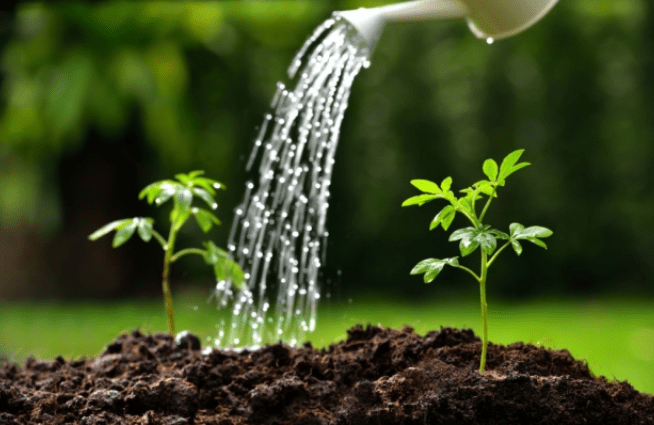
When it comes to watering and fertilization for mullein seedlings, it’s important to provide them with the right amount of water and nutrients. Mullein plants thrive in well-drained soil, so be sure not to overwater them. It’s best to water the seedlings when the top inch of soil is dry, and to water them at the base of the plant to avoid getting the foliage wet. As for fertilization, mullein plants don’t typically require much fertilizer. You can add a balanced fertilizer to the soil when planting the seedlings, but additional fertilization may not be necessary unless the plants show signs of nutrient deficiency. Overall, providing the right amount of water and minimal fertilizer will help your mullein seedlings grow into healthy, strong plants.
Thinning and transplanting seedlings
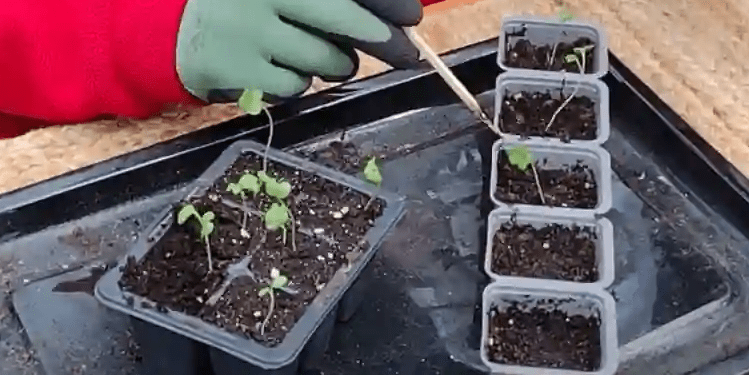
are important steps in the process of growing healthy, vibrant plants. Thinning seedlings is the process of removing excess plants to allow the remaining ones to have enough space to grow and thrive. This is usually done when the seedlings have developed their first set of true leaves. It’s important to carefully remove the extra seedlings to avoid damaging the roots of the ones you want to keep.
Transplanting seedlings involves moving them from their initial growing container to a larger one or directly into the garden. This process can help the seedlings continue to grow and develop in a more spacious environment. It’s important to transplant seedlings carefully to avoid damaging their delicate roots.
Both thinning and transplanting seedlings require careful attention and a gentle touch to ensure the best possible outcome for your plants. By following these practices, you can help your seedlings grow into healthy, strong plants that will bring beauty and joy to your garden.
Protecting young plants from pests and diseases
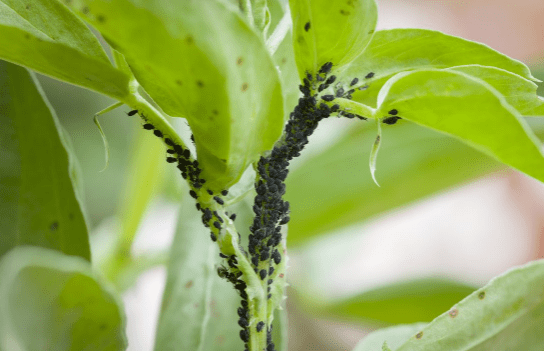
is essential for their healthy growth and development. One way to protect young plants is by using natural pest control methods such as introducing beneficial insects or using organic pesticides. It’s also important to regularly inspect your plants for any signs of pest infestations or disease and take immediate action to address the issue. In addition, providing the right growing conditions such as proper water, sunlight, and nutrients can help strengthen the plants and make them more resistant to pests and diseases. By taking these proactive measures, you can ensure that your young plants have the best chance of thriving and producing a bountiful harvest.
Maintaining Mature Mullein Plants
Ongoing watering and feeding schedule
To ensure the health and vitality of mature mullein plants, it is important to establish an ongoing watering and feeding schedule. Mullein plants thrive in well-draining soil, so it is crucial to water them regularly, especially during dry periods. Be sure to water at the base of the plant to avoid getting the foliage wet, which can lead to disease. Additionally, mullein plants benefit from a balanced fertilizer applied in the spring to support their growth and development. By maintaining a consistent watering and feeding schedule, you can help your mature mullein plants thrive and continue to beautify your garden.
Pruning and deadheading for continuous blooming
is also important for maintaining the health and appearance of your plants. Regular pruning can help remove dead or diseased branches, improve air circulation, and promote new growth. Deadheading, which is the removal of spent flowers, can encourage the plant to produce more blooms and extend the flowering period. By incorporating these practices into your gardening routine, you can ensure that your plants continue to bloom and thrive throughout the growing season. Overall, taking proactive measures such as regular inspections, proper growing conditions, and maintenance tasks like pruning and deadheading can help keep your plants healthy and beautiful.
Common problems and solutions
Mullein plants can face common problems such as overwatering, which can lead to root rot, and lack of proper drainage. To address these issues, it is essential to ensure that the soil is well-draining and to water the plants regularly, especially during dry periods. Additionally, applying a balanced fertilizer in the spring can support the growth and development of the plants.
Pruning and deadheading are also important for maintaining the health and appearance of mullein plants. Regular pruning can help remove dead or diseased branches, improve air circulation, and promote new growth. Deadheading, which is the removal of spent flowers, can encourage the plant to produce more blooms and extend the flowering period. By incorporating these practices into your gardening routine, you can ensure that your plants continue to bloom and thrive throughout the growing season.
Harvesting and Using Mullein Plants
Mullein plants are known for their medicinal properties and can be harvested and used in various ways. The leaves and flowers of the mullein plant can be harvested when they are fully grown and dried for later use. It is important to harvest when the flowers are in full bloom and the leaves are at their peak. Once harvested, the leaves and flowers can be used to make teas, tinctures, and oils that can be used for respiratory issues, as a natural remedy for earaches, and to soothe skin irritations. It’s important to properly dry and store the harvested parts to preserve their medicinal properties. Additionally, mullein can be used as a natural dye for fabrics and fibers. When using mullein for medicinal purposes, it’s always best to consult with a healthcare professional or herbalist to ensure safe and proper usage. Overall, the mullein plant has many uses and can be a valuable addition to your herbal medicine cabinet or natural dyeing projects.
Propagating Mullein Plants
is a great way to expand your garden and share the benefits of this versatile plant with others. Mullein plants can be propagated through seeds, division, or transplanting. When propagating through seeds, it’s important to collect the seeds from mature plants and sow them in well-drained soil in the late fall or early spring. The seeds will require light to germinate, so it’s best to just press them lightly into the soil surface and keep them moist until they sprout. Division involves separating the roots of an established plant and replanting them in a new location. This is best done in the spring or fall when the plant is not actively growing. Transplanting mullein plants involves digging up a mature plant and moving it to a new location with well-drained soil. It’s important to water the transplanted plant well and keep it protected from harsh sunlight until it becomes established. By propagating mullein plants, you can enjoy their benefits in multiple locations and share them with others who can benefit from their medicinal properties and natural dyeing capabilities.
In conclusion, planting and caring for mullein plant seeds is a relatively simple process that can result in a beautiful and beneficial addition to your garden. By following the steps outlined in this article and providing the proper care and maintenance, you can enjoy the beauty and benefits of mullein plants for years to come. Happy gardening!
Frequently asked questions And Answer
Mullein seeds should be planted in well-drained soil, either in the spring or fall. Scatter the seeds on the soil and lightly press them into the ground, then water them thoroughly.
Mullein plants thrive in full sunlight, so it’s best to plant them in a location where they will receive at least 6-8 hours of sunlight per day.
Mullein plants are drought-tolerant and only need to be watered during dry periods. Water them deeply once a week, allowing the soil to dry out between waterings.
Mullein plants can grow up to 6-8 feet tall, so it’s important to give them enough space to reach their full height.
Mullein plants are relatively low-maintenance, but they may benefit from a light application of organic fertilizer in the spring. It’s also important to remove any dead or yellowing leaves to promote healthy growth.
Yes, mullein plants can be grown in large containers as long as they have enough room for their extensive root system. Make sure the containers have drainage holes to prevent waterlogged soil.
Mullein plants are generally resistant to pests and diseases, but they may attract aphids and caterpillars. Keep an eye out for any signs of infestation and treat them promptly if necessary.
